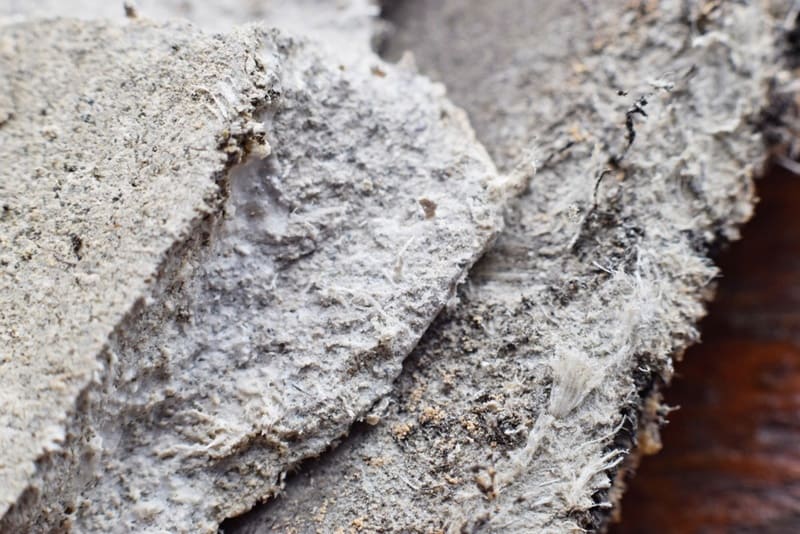
Asbestos Testing

Testing for asbestos typically involves collecting samples of materials suspected to contain asbestos and sending them to a certified laboratory for analysis. Here’s an overview of the testing process:
1 – Identify Suspect Materials
Before testing, identify materials in your home or building that may contain asbestos. Common asbestos-containing materials (ACMs) include insulation, ceiling tiles, vinyl floor tiles, roofing materials, and certain types of textured paints.
2 – Prepare for Sampling
Before collecting samples, ensure the area is well-ventilated and that you have appropriate personal protective equipment (PPE) such as gloves, a respirator, and protective clothing.
3 – Collect Samples
Use caution when collecting samples to avoid releasing asbestos fibers into the air. It’s recommended to wet the material with a mist of water to minimize fiber release. Carefully scrape or cut a small piece of the material using a clean knife or coring tool. Place the sample in a clean, airtight container.
4 – Label and Document
Label each sample container with information such as the location and description of the sampled material. Document the sampling process, including the date, location, and methods used.
5 – Send Samples to a Certified Laboratory
Contact a certified laboratory that specializes in asbestos testing and inquire about their sample submission process. Follow their instructions for packaging and shipping the samples safely and securely.
6 – Analysis
The laboratory will analyze the samples using polarized light microscopy (PLM) or transmission electron microscopy (TEM) techniques to identify and quantify asbestos fibers present in the material. PLM is the most common method used for bulk samples, while TEM is more sensitive and used for air samples.
7 – Receive Results
Once the analysis is complete, the laboratory will provide a detailed report of the findings, including the type(s) of asbestos present and the concentration levels. The report will indicate whether the material contains asbestos and, if so, the percentage of asbestos fibers present.
It’s important to note that asbestos testing should be conducted by trained professionals or certified laboratories to ensure accurate results and minimize the risk of exposure to asbestos fibers. DIY testing may not always be reliable and could potentially release asbestos fibers into the air, posing health risks. If asbestos-containing materials are identified, it’s best to consult with asbestos abatement professionals for safe removal or encapsulation.






